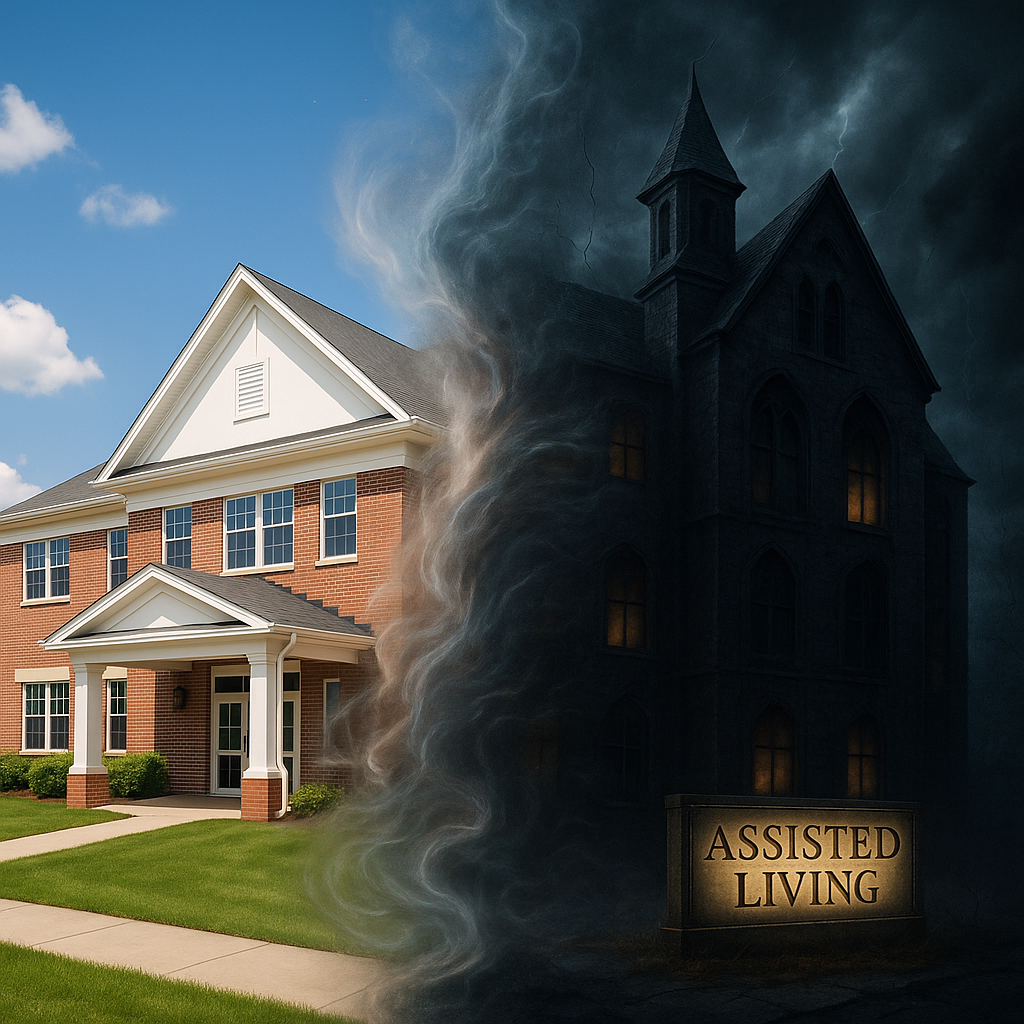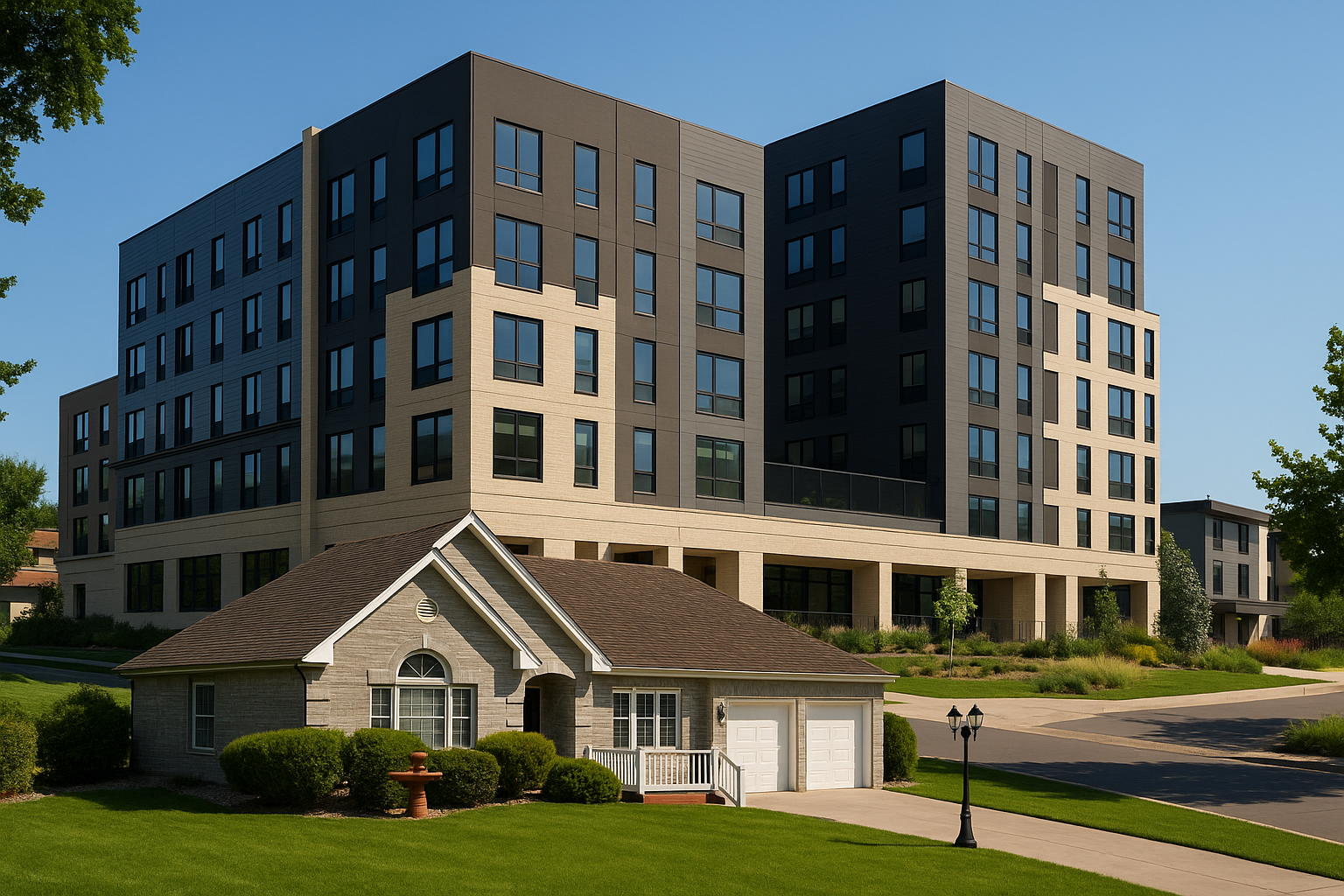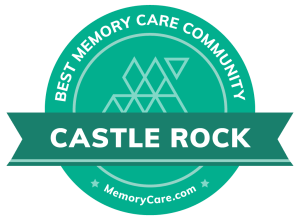BLOG
Frontotemporal Dementia vs. Alzheimer’s: Key Differences and Similarities
Dementia encompasses a range of neurological conditions characterized by a decline in cognitive function, affecting memory, thinking, and behavior. As the population ages, understanding dementia has become increasingly important, especially as different types of dementia present unique challenges for diagnosis, treatment, and care. Two of the most common forms of dementia are Frontotemporal Dementia (FTD) and Alzheimer’s Disease. While both conditions share similarities, they differ in significant ways that impact how they manifest, progress, and are managed.
This article will explore the key differences and similarities between Frontotemporal Dementia and Alzheimer’s Disease, providing insights into their distinct characteristics and why recognizing these differences is crucial for effective care.
Overview of Frontotemporal Dementia (FTD)
Frontotemporal Dementia (FTD) is a type of dementia that primarily affects the frontal and temporal lobes of the brain, which are responsible for personality, behavior, and language. Unlike Alzheimer’s Disease, which is more widely recognized, FTD is less common but just as devastating. The symptoms of FTD can vary significantly depending on which part of the brain is most affected. Common symptoms include dramatic changes in personality, socially inappropriate behavior, a lack of empathy, and difficulties with language, such as speaking or understanding speech.

One of the distinguishing features of FTD is its typical age of onset, which tends to occur earlier than Alzheimer’s. FTD usually develops between the ages of 40 and 65, although it can occur in older individuals as well. This early onset can make FTD particularly challenging, as it often strikes people in the prime of their lives, disrupting careers, relationships, and family dynamics. The progression of FTD is generally more rapid than Alzheimer’s, with patients experiencing a steady decline in cognitive and motor functions over a period of years.
Key characteristics of FTD include the early loss of executive functions, such as planning and decision-making, and a marked change in personality and social behavior. Patients may exhibit impulsivity, a lack of inhibition, or even obsessive-compulsive behaviors. As the disease progresses, patients may also experience difficulties with motor skills, such as walking and coordination.
Overview of Alzheimer’s Disease
Alzheimer’s Disease is the most common form of dementia, accounting for 60-80% of all dementia cases. It is a progressive neurodegenerative disorder characterized by the gradual loss of cognitive functions, including memory, reasoning, and judgment. Alzheimer’s Disease typically begins with mild memory lapses, such as forgetting recent events or conversations, but it gradually progresses to more severe cognitive impairments that interfere with daily living.
The typical age of onset for Alzheimer’s Disease is after the age of 65, and the risk increases significantly with age. However, early-onset Alzheimer’s, which occurs in individuals younger than 65, can also develop, though it is less common. The progression of Alzheimer’s Disease is generally slower than that of FTD, with patients living for an average of 8-10 years after diagnosis, though this can vary widely.
Key characteristics of Alzheimer’s Disease include memory loss, disorientation, difficulty in finding the right words, and impaired judgment. As the disease advances, patients may lose the ability to recognize loved ones, communicate effectively, or perform basic self-care tasks. Alzheimer’s is also associated with the buildup of amyloid plaques and tau tangles in the brain, which disrupt normal cell function and lead to the death of brain cells.
Key Differences Between Frontotemporal Dementia and Alzheimer’s
While both FTD and Alzheimer’s Disease are forms of dementia, they differ significantly in their symptoms, progression, and the areas of the brain they affect. One of the primary differences is in the nature of the symptoms. In FTD, early symptoms are often related to changes in personality, behavior, and language, whereas in Alzheimer’s, memory loss is usually the first and most prominent symptom. FTD patients may exhibit socially inappropriate behavior, emotional blunting, and language difficulties long before any significant memory impairment occurs. In contrast, Alzheimer’s patients typically struggle with short-term memory issues early in the disease.
The affected brain regions also differ between the two conditions. FTD primarily affects the frontal and temporal lobes, which are involved in personality, behavior, and language. Alzheimer’s Disease, on the other hand, initially targets the hippocampus and spreads to other areas of the brain responsible for memory, spatial awareness, and reasoning.
Behavioral and cognitive impacts also vary between FTD and Alzheimer’s. FTD often leads to significant changes in behavior and personality, with patients sometimes becoming apathetic, socially inappropriate, or even aggressive. In Alzheimer’s, cognitive decline typically starts with memory loss and progresses to affect reasoning, language, and the ability to perform routine tasks. Behavioral changes in Alzheimer’s patients usually occur later in the disease and are often related to confusion, paranoia, or mood swings.
Similarities Between FTD and Alzheimer’s
Despite their differences, frontotemporal Dementia and Alzheimer’s Disease share several similarities, particularly in their later stages. Both conditions lead to a progressive decline in cognitive and functional abilities, ultimately resulting in the need for full-time care. Patients with either condition may experience difficulties with communication, mobility, and performing daily activities, requiring significant support from caregivers.

Both FTD and Alzheimer’s pose challenges in terms of diagnosis and treatment. Early diagnosis is critical for managing symptoms and planning for future care, but both conditions can be difficult to diagnose accurately in the early stages. There is currently no cure for either FTD or Alzheimer’s, and treatment primarily focuses on managing symptoms and improving quality of life. Medications, behavioral therapies, and support from healthcare professionals can help manage symptoms, but the effectiveness of these treatments can vary between individuals.
The Importance of Professional Advice
It is essential to seek professional advice when dealing with dementia, as early diagnosis and appropriate care can make a significant difference in managing the disease. Assured Senior Living offers specialized care for individuals with dementia, including tailored programs that address the specific needs of those with FTD and Alzheimer’s Disease. Contact Assured Senior Living today to learn more about how they can support you and your loved ones in navigating the challenges of dementia.















